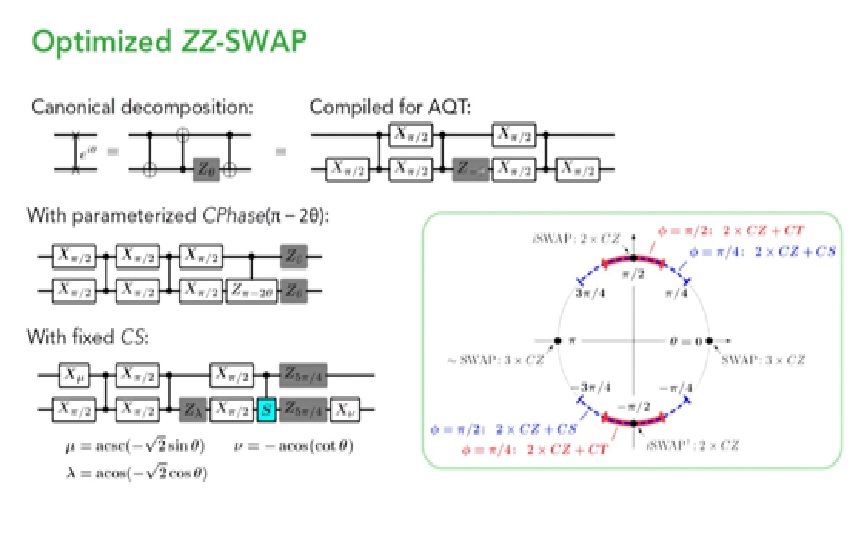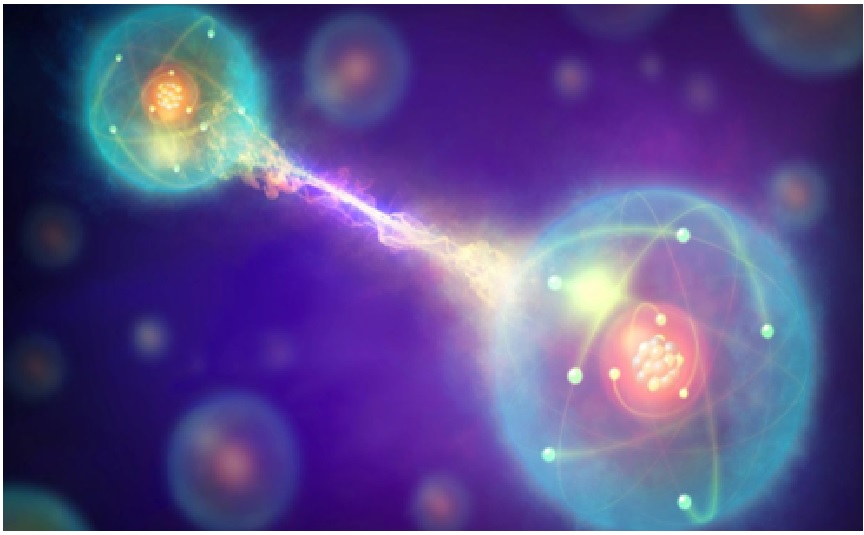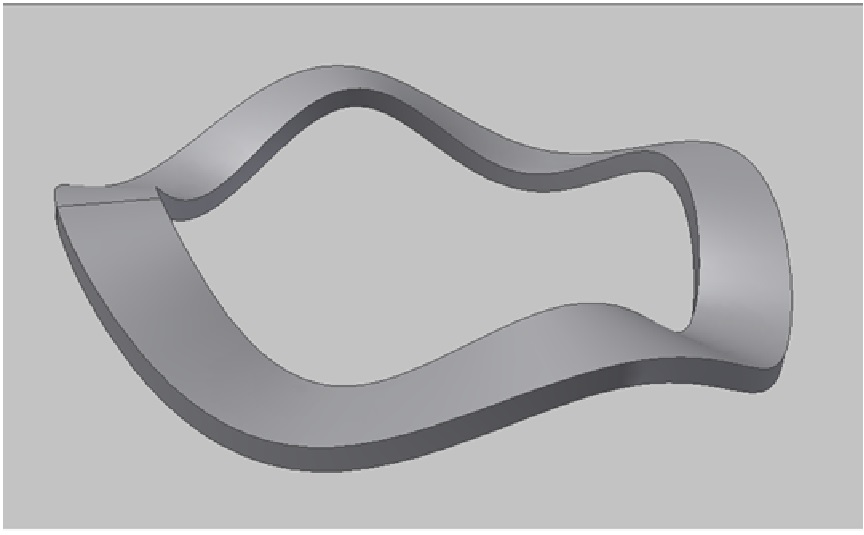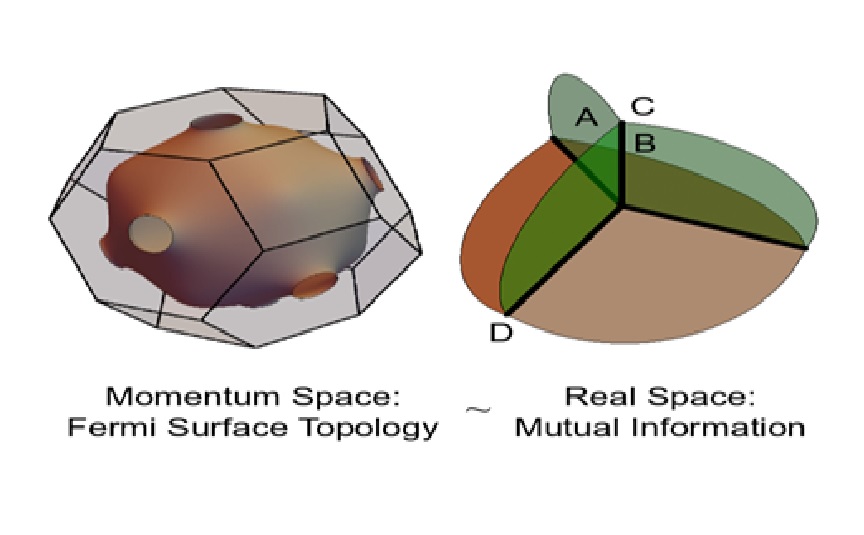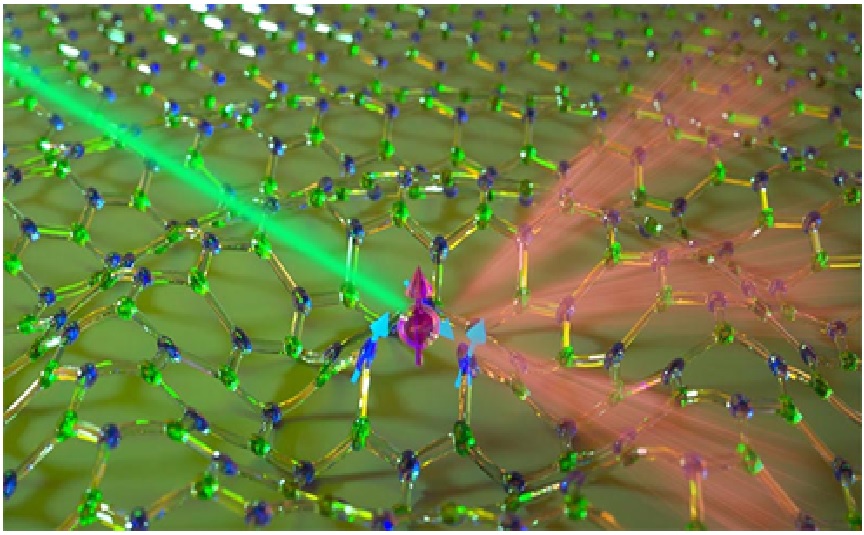Quantum Functional Groups Connecting with Larger Molecules
A UCLA-led interdisciplinary research team including collaborators at Harvard University has now developed a fundamentally new strategy for building these computers. The team has produced a game plan based in chemists’ ability to custom-design atomic building blocks that control the properties of larger molecular structures when they’re put together.
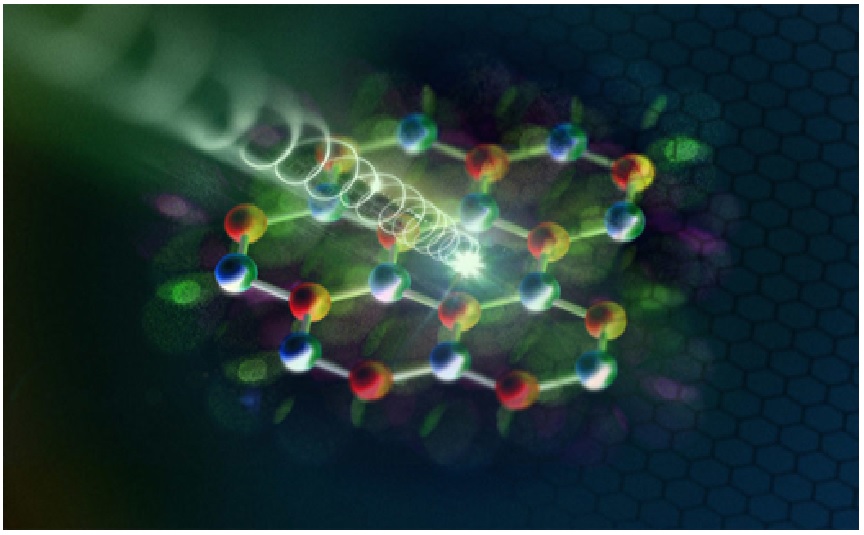
Figure 1. New strategy for building quantum computers.
Figure 1 shows that “the idea is, instead of building a quantum computer, to let chemistry build it for us,” said Eric Hudson. The basic units of information in traditional computing are bits, which are each limited to one of only two values.
In contrast, a group of quantum bitsor qubitscan have a vastly wider range of values, exponentially increasing a computer’s processing power. More than 1000 classical bits are required to represent just 10 qubits while 20 qubits require more than 1 million classical bits.[1]
This property, which lies at the heart of the transformative potential of quantum computing, relies on counterintuitive rules that apply when atoms interact.Qubit entanglement is a requirement of quantum computing.
Qubits lose the “quantumness” needed to implement quantum algorithms when they encounter subtle changes in their environment. These limits the most powerful quantum computers to less than 100 qubits, and keeping these qubits in a quantum state would require large machines.
Scientists have developed small molecules that contain calcium and oxygen atoms and act as qubits. These calcium-oxygen structures form what chemists call functional groups. This means that it can be inserted into almost any other molecule, while at the same time giving that molecule unique properties.[2]
The team showed that their functional groups maintained their desired structure even when attached to much larger molecules. Their qubits can also stand up to laser cooling, a key requirement for quantum computing.
“If we can bond a quantum functional group to a surface or some long molecule, we might be able to control more qubits,” Hudson said. “It should also be cheaper to scale up, because an atom is one of the cheapest things in the universe. You can make as many as you want.”
In addition to its potential for next-generation computing, the quantum functional group could be a boon for basic discovery in chemistry and the life sciences, for instance by helping scientists uncover more about the structure and function of various molecules and chemicals in the human body. [3]
References:
- https://sciencesprings.wordpress.com/tag/ucla-led-team-develops-new-approach-for-building-quantum-computers/
- https://www.tumsozluk.com/ucla-led-team-develops-new-approach-to-building-quantum-computers/
- https://indiaeducationdiary.in/university-of-california-los-angeles-ucla-led-team-develops-new-approach-for-building-quantum-computers/
Cite this article:
Sri Vasagi K (2022), Quantum Functional Groups Connecting with Larger Molecules, AnaTechMaz, pp.69









